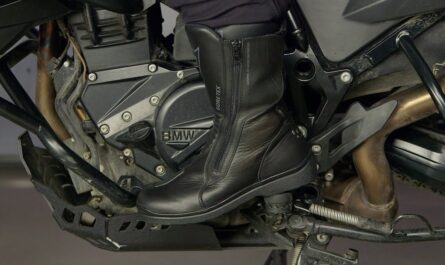Introduction to Industrial Robotics
Industrial robotsare robotic arms, hands, and other appendages that are programmable and designed to operate in an industrial production environment. They are able to perform manufacturing tasks much faster and more accurately than humans. Some key advantages of industrial robots include their ability to perform dull, dirty, and dangerous tasks safely and efficiently 24 hours a day without breaks. They enable companies to meet high production demands at reduced costs compared to manual labor.
Main Applications of Industrial Robotics
Material Handling
One of the main uses of industrial robots is for material handling tasks such as picking up or moving parts, materials, and tools. They are capable of lifting heavy loads easily and precisely positioning items. Robots eliminate the risks to human workers from performing repetitive material handling jobs that may involve heavy lifting or ergonomic stresses. They ensure items are moved consistently without fatigue or error.
Welding and Soldering
Industrial robots are widely used for welding and soldering applications in automotive manufacturing and other industries. They can work faster and more accurately than people when performing tasks such as spot welding car bodies. Robotic welders eliminate risks from exposure to intense heat and dangerous fumes or sparks that humans face while welding. Consistent quality is achieved without fatigue over long production runs.
Assembly and Installation
Assembly robots are utilized extensively for assembling small components and installing larger sub-assemblies in products ranging from electronics and appliances to automobiles. They allow consistent assembly of intricate parts precisely according to specifications. Manufacturers benefit from low costs and high throughput without errors using robots for assembly tasks versus manual labor. Robotic systems are reprogrammable for flexible assembly of different product variants on the same production line.
Machining and Processing
CNC machines guided by industrial robots are suitable for complex machining operations like CNC milling, turning, cutting, drilling that require high precision and repeatability. Robots enable automated loading and unloading of raw and finished parts from CNC machines. They perform hazardous material processing tasks precisely, for example handling hot glass or moving parts between furnaces. This improves worker safety compared to manually loading/unloading hot or sharp materials.
Quality Control and Inspection
Robots excel at performing repetitive visual inspection and quality control tasks through integration with machine vision systems. They can capture images of products or components from multiple angles and swiftly identify defects through deep learning algorithms. Automated inspection eliminates human error and enables 100% inspection to achieve consistent quality standards. Production line defects are identified proactively for corrective action, improving overall equipment efficiency.
Challenges and Trends in Industrial Robotics Deployment
Safety Around Industrial Robots
Ensuring safe operation around humans is one of the primary challenges in depleting industrial robots. Collaborative robots (cobots) address this by incorporating safety features like lightweight engineering, torque limiting, and sensors. However, traditional large robots require protective cages for safety due to their size and speeds. Ongoing research aims to develop robot vision systems for safe human-robot collaboration without cages. Safety certifications and compliance with international standards also evolve.
Programming and Deployment Complexity
Programming industrial robots precisely for different tasks and integrating them on production lines can be complex for some manufacturers. User-friendly programming interfaces and retrofit robotic tooling solutions are gaining prominence to simplify deployment. Cloud-based remote management of fleets further eases use of robotics across geographies. Continuous innovation will drive more plug-and-play functionality.
Customization and Flexibility
To justify investment costs, industrial robotic systems need flexibility for product changes without major re-programming. Modular tooling design allows changeover between product variants faster. Research to develop mobile robots with advanced controls for unstructured environments also progresses to expand robotic use beyond dedicated workcells.
Artificial Intelligence Integration
futuristic advancements integrate AI capabilities for automation. For example, machine vision combined with deep learning enables robotic quality inspections without re-programming. AI planning allows robots to adapt production tasks based on dynamic Line conditions. Such capabilities make industrial robotics an integral part of Industry 4.0 smart factories of the future.
Conclusion
In summary, the application of industrial robotics in manufacturing continues its momentous rise driven by advantages in consistency, quality and reduced costs compared to human labor. Technological innovations, safety research and user-friendly interfaces are expanding the reach and flexibility of robotics Further integration of AI will make robotics an indispensable component of future smart industrial automation. Widespread deployment of collaborative robots also indicates that industrial robotics are poised for broader adoption beyond traditional automotive and electronics manufacturing. Overall, robotics are transforming industrial production radically through improved productivity, workers’ safety and manufacturing competitiveness.
*Note:
- Source: Coherent Market Insights, Public sources, Desk research
- We have leveraged AI tools to mine information and compile it


